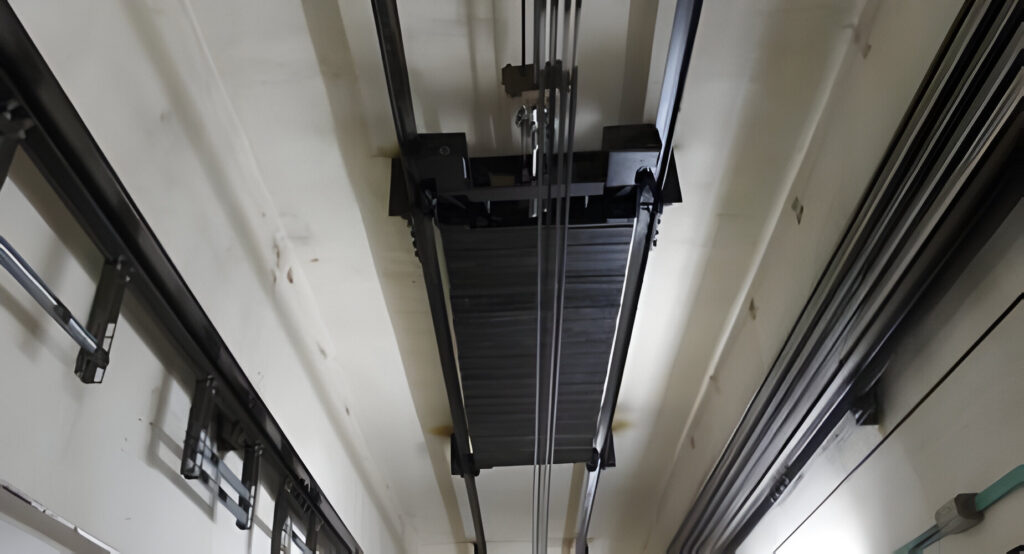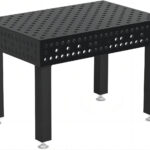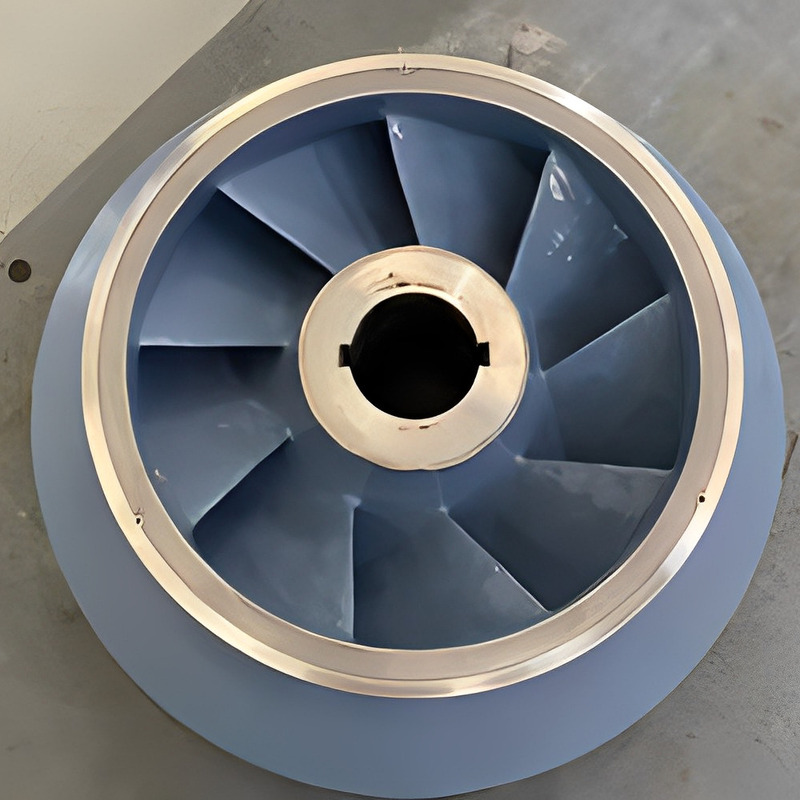Efficient vertical transportation is a cornerstone of modern infrastructure, and at the heart of every elevator system lies a carefully calculated counterweight. Elevator counterweight calculation is a crucial aspect of elevator design, ensuring smooth operation, energy efficiency, and passenger safety. In this article, we delve into the intricacies of elevator counterweight calculation, its significance, and why it's essential for engineers and architects alike.
Understanding Elevator Counterweight Calculation
Elevator counterweight calculation involves determining the optimal weight of the counterweight relative to the elevator car and its maximum capacity. This calculation is based on fundamental principles of physics, including the law of conservation of energy and the relationship between force, mass, and acceleration. By accurately calculating the counterweight weight, engineers can ensure that the elevator system operates efficiently while maintaining safety standards.
Factors Influencing Counterweight Calculation
Several factors must be taken into account during elevator counterweight calculation. These include the weight of the elevator car, its maximum capacity, the desired speed of operation, and the height of the building. Additionally, environmental factors such as wind resistance and seismic activity may also impact the calculation. By considering these variables, engineers can tailor the counterweight calculation to suit the specific requirements of each project.
Optimizing Efficiency and Safety
The primary goal of elevator counterweight calculation is to optimize efficiency and safety in vertical transportation. A properly calculated counterweight ensures that the elevator system requires minimal energy to operate, resulting in lower operating costs and reduced environmental impact. Additionally, the balanced design provided by the counterweight enhances the stability and reliability of the elevator system, minimizing the risk of accidents and ensuring a smooth ride experience for passengers.
Advanced Techniques and Technologies
Advancements in technology have led to the development of advanced techniques and tools for elevator counterweight calculation. Computer-aided design (CAD) software allows engineers to simulate and analyze various counterweight configurations to determine the most efficient solution. Additionally, innovative materials such as lightweight alloys and high-strength polymers are being used to design counterweights that offer superior performance and durability.
Custom Solutions for Every Project
At KT Foundry, we understand that every project comes with its own unique set of challenges and requirements. That's why we offer customizable solutions for elevator counterweight calculation to meet the specific needs of our clients. Our team of experienced engineers works closely with architects, developers, and building owners to design counterweights that are tailored to fit the parameters of each project, ensuring optimal performance and safety.
Contact Us for Elevator Counterweight Solutions
Are you in need of expert guidance and support for elevator counterweight calculation? Contact KT Foundry today to learn more about our comprehensive range of elevator solutions. With our commitment to quality, innovation, and customer satisfaction, we are your trusted partner for all your vertical transportation needs. Visit our website or reach out to us directly to discuss how we can help you achieve your project goals.






